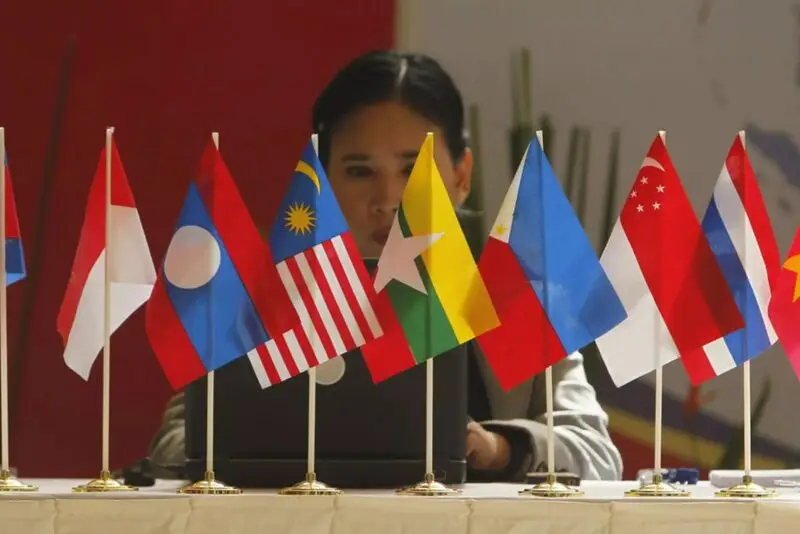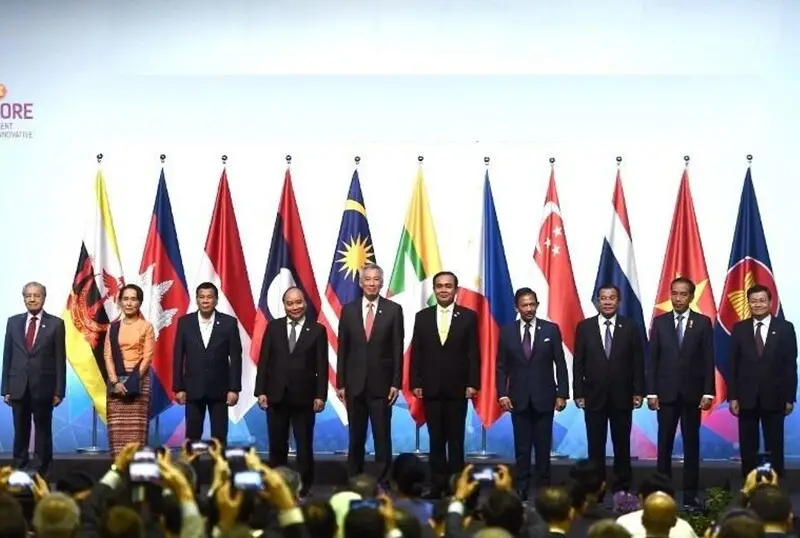The Association of Southeast Asian Nations (ASEAN) is strongly pushing back against the US dollar’s global hegemony. The alliance is looking to settle trade in local currencies and bolster their native economies and GDPs. The bloc is looking to advance the de-dollarization agenda and limit the usage of the US dollar in global trade.
Also Read: The U.S. Dollar Could Get More Stronger in 2025
Read here to know how many sectors in the US will be affected if developing countries ditch the dollar for trade. Not just the ASEAN bloc, alliances around the world have been pushing back against the growing hegemony of the US dollar. The Shanghai Cooperation Organization (SCO), the Commonwealth of Independent States (CIS), and the BRICS bloc are looking to cut ties with the USD.
Also Read: De-Dollarization: 2 Countries Mutually Abandon the US Dollar For Trade
ASEAN Alliance Looks To End Reliance on the US Dollar

The ASEAN alliance consists of 10 Asian countries, including Indonesia, Vietnam, Laos, Brunei, Thailand, Myanmar, the Philippines, Cambodia, Singapore, and Malaysia. The Indonesian government is also planning to procure crude oil from Russia and begin trade settlements in local currencies. The move could also push other ASEAN countries to pay local currencies for cross-border transactions and not the US dollar.
Also Read: Robinhood Stock Rises 15% in 2025: Should You Buy HOOD Now?
Indonesia recently joined the BRICS alliance and is looking at de-dollarization to strengthen its economy. Overall, Indonesia’s non-oil exports in 2024 to BRICS countries make up 34% of its trade, totaling $84 billion. ASEAN could soon make a consensus decision and rely on local currencies, sidelining the US dollar. Even countries in Africa are now beginning to question the dominance of the US dollar in global trade.
The next decade could be troublesome for the US dollar as ASEAN, BRICS, CIS, and SCO are aiming to ditch the US dollar. The move would make the USD lose out on the global supply and demand mechanism of the currency markets. The development might tilt the global power from the West to the East in the coming decades.






